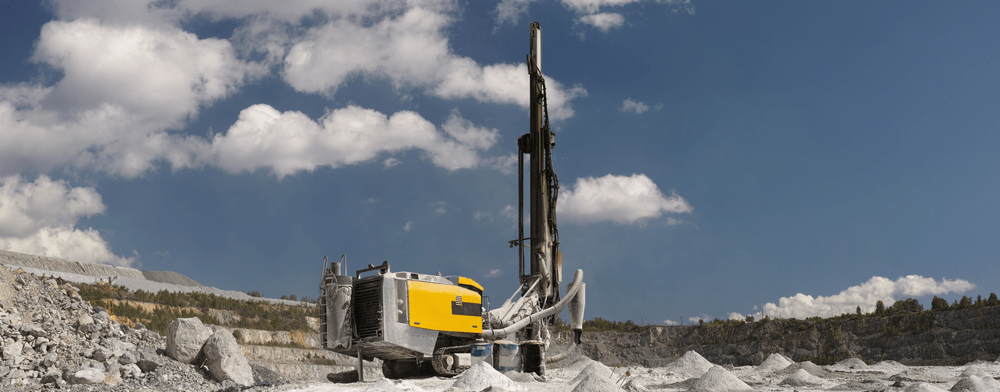The Underbalanced Operations and Managed Pressure Drilling Committee of the International Association of Drilling Contractors defines MPD as “an adaptive drilling process used to precisely control the annular pressure profile throughout the wellbore. The objectives are to ascertain the downhole pressure environment limits and to manage the annular hydraulic pressure profile accordingly.”
MPD is used for operations with narrow downhole environmental limits to effectively mitigate the risks and costs associated with conventional drilling systems. The primary attribute of MPD is ‘precise control’, which is required to adjust the annual pressure profiles downhole. In some shallow water environments and on land, there is a narrow margin between the pore pressure and fracture-pressure gradient profiles where drilling can be done safely. In these instances, MPD is the preferred method of drilling.
The three different types of MPD
While there are a few different techniques for MPD, the three most common are:
- Surface Back Pressure (SBP) – The most common MPD system. Although SBP is the most costly and has the largest carbon footprint out of all MPD systems, this method can adjust the annular pressure quicker than other systems.
- Continuous Circulation System (CCS) – Provides the most consistent pressure profiles across the annulus.
- Controlled Mud Level (CML) – The most flexible of the MPD systems and has a smaller footprint and cost compared to SBP. CML uses an overbalanced drilling fluid density and conventional well control.
The benefits of MPD
The main purpose of MPD is to minimize non-productive time by increasing drilling efficiencies and mitigating hazards. MPD:
- Allows more accurate bottom-hole pressure control.
- Results in fewer pressure fluctuations.
- Improves control of the well.
- Does not encourage influx into the wellbore.
- May control backpressure, circulation friction, fluid rheology, annular fluid level, and fluid density.
- May allow faster corrective action for observed pressure variations.
- May be used to avoid formation influx.
MPD allows drillers to better monitor the wellbore’s pressure distribution on a real-time basis and catch pressure changes immediately. With the ability to precisely control the annular wellbore pressure profiles, drillers can detect influx and loss instantly, significantly reducing NPT.
The disadvantages of MPD
Although MPD can solve drilling challenges, it is generally more costly due to additional equipment, more complex with rig integration, and requires longer operational time than conventional drilling methods. However, because MPD can significantly minimize NPT, these systems have the potential to reduce operating costs by increasing safety and efficiency.
Additional costs can further be mitigated by mobile nitrogen drilling services. Nitrogen is crucial for MPD, where keeping a low oxygen atmosphere is essential for safety.


